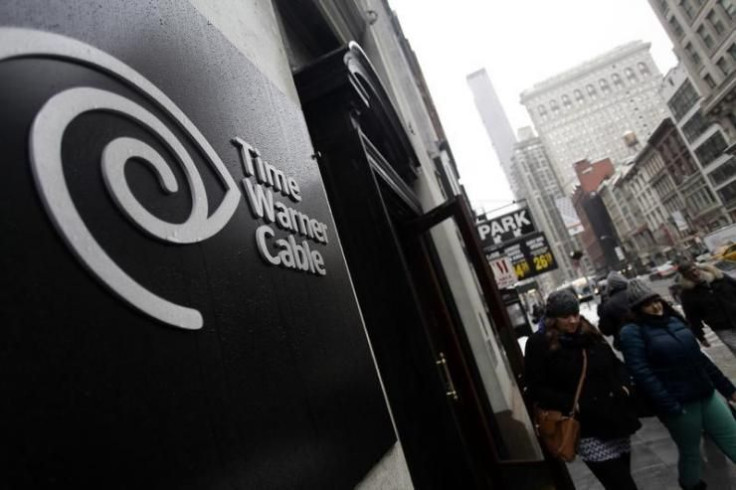Cable Cord-Cutting Panic? Pay-TV Providers Lost Almost 200K Subscribers In Q3, But It Could Be Worse

Now that the dust has settled on cable companies’ third-quarter results, it’s time to assess the damage. According to a report from Leichtman Research Group (LRG), the 13 top pay-TV providers saw a net loss of 190,000 video (non-Internet) subscriptions from July through September. That’s worse than the 155,000 they lost in the same period last year, but not as bad as it could have been.
"Cable providers usually see a drop in subscribers in the third quarter," says LRG president and principle analyst Bruce Leichtman. Summer programming hasn’t quite reached “must-see” levels yet, and TV’s 800-pound gorilla, the NFL, is still off the air for a good portion of that time period. But usually those losses are offset by a recovery from October to April.
While an extra 35,000 customers opting out of their video subscriptions isn’t great news, some perspective is helpful: The top nine cable companies have 48.8 million video subscribers. Add in satellite providers like Dish and DirecTV (which recently was bought by AT&T U-Verse), with 33.5 million subs, and smaller providers like Verizon FiOS, and you end up with nearly 95 million total households paying for video services on a monthly basis. Those 35,000 extra cord-cutters represent a microscopic percentage.
The real disaster for pay-TV providers came at the end of June, when research firm SNL Kagan revealed they’d lost 625,000 subs, the biggest drop in history. Worse, the usually reliable growth in subs in the first quarter didn’t materialize this year, setting off a panic among media company stockholders.
Leichtman cautions against any alarmist, "sky is falling" rhetoric where cord-cutting is concerned, though. "The actual impact on subscribers isn't that big," Leichtman says. "Viewership? Sure. But the market is only down about a million subscribers from its peak in the first quarter of 2012, and it's been saturated since about 2010."
The number of Internet customers at triple-threat (video, Internet, phone) outfits like Comcast, meanwhile, continues to grow. In fact, Comcast’s Internet customers now outnumber its video subscribers, and the company is looking to make back what it might be losing on the video side. Thus the recent expansion of its “data usage trials,” in which Internet customers who use more than 300GB of data have an extra $10 tacked onto their bill in exchange for another 50GB.
If you’re a shareholder in one of these providers, that’s an encouraging step. If you’re a consumer, and particularly a cord-cutter, it might be time to batten down the hatches.
© Copyright IBTimes 2024. All rights reserved.






















